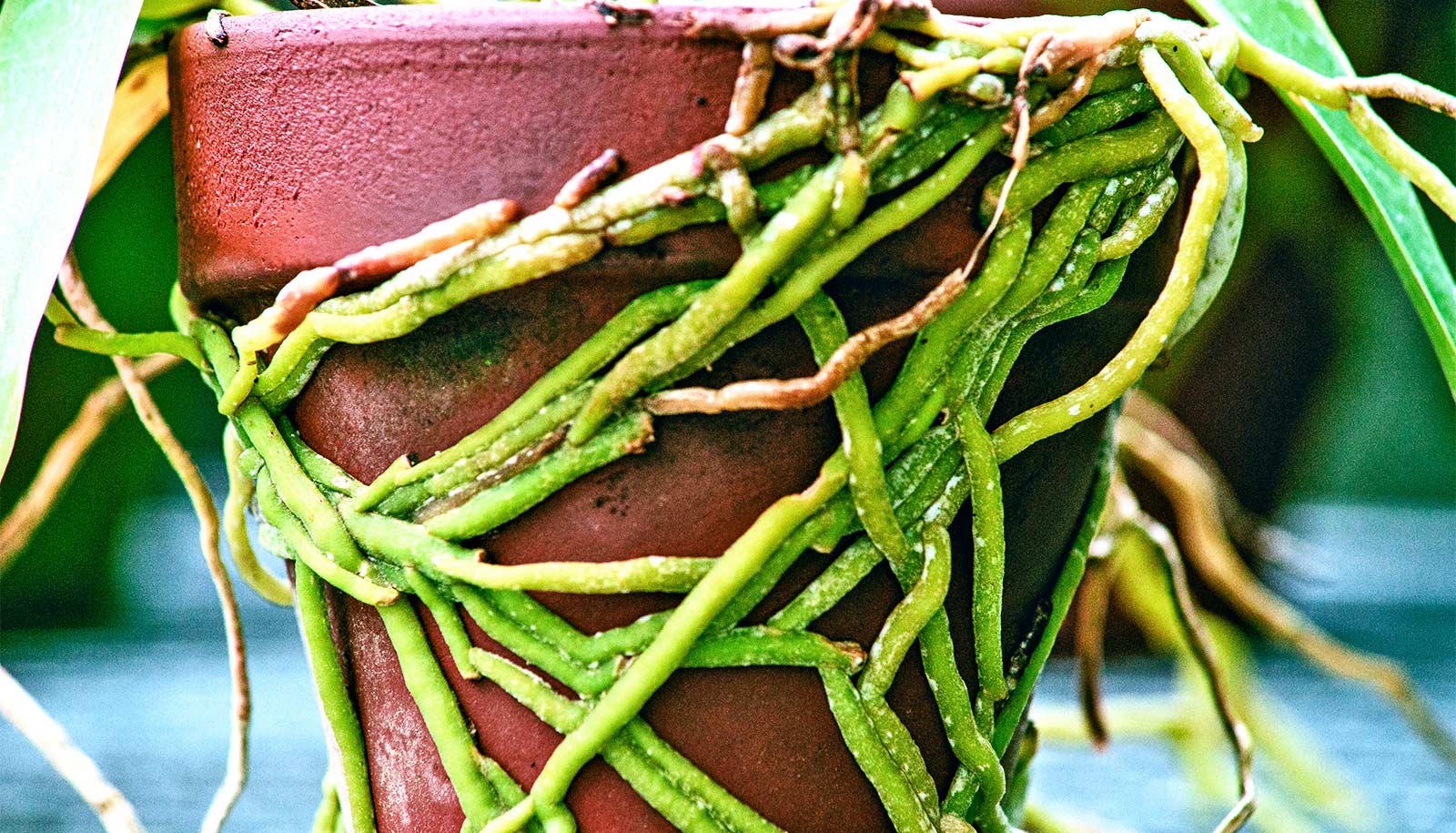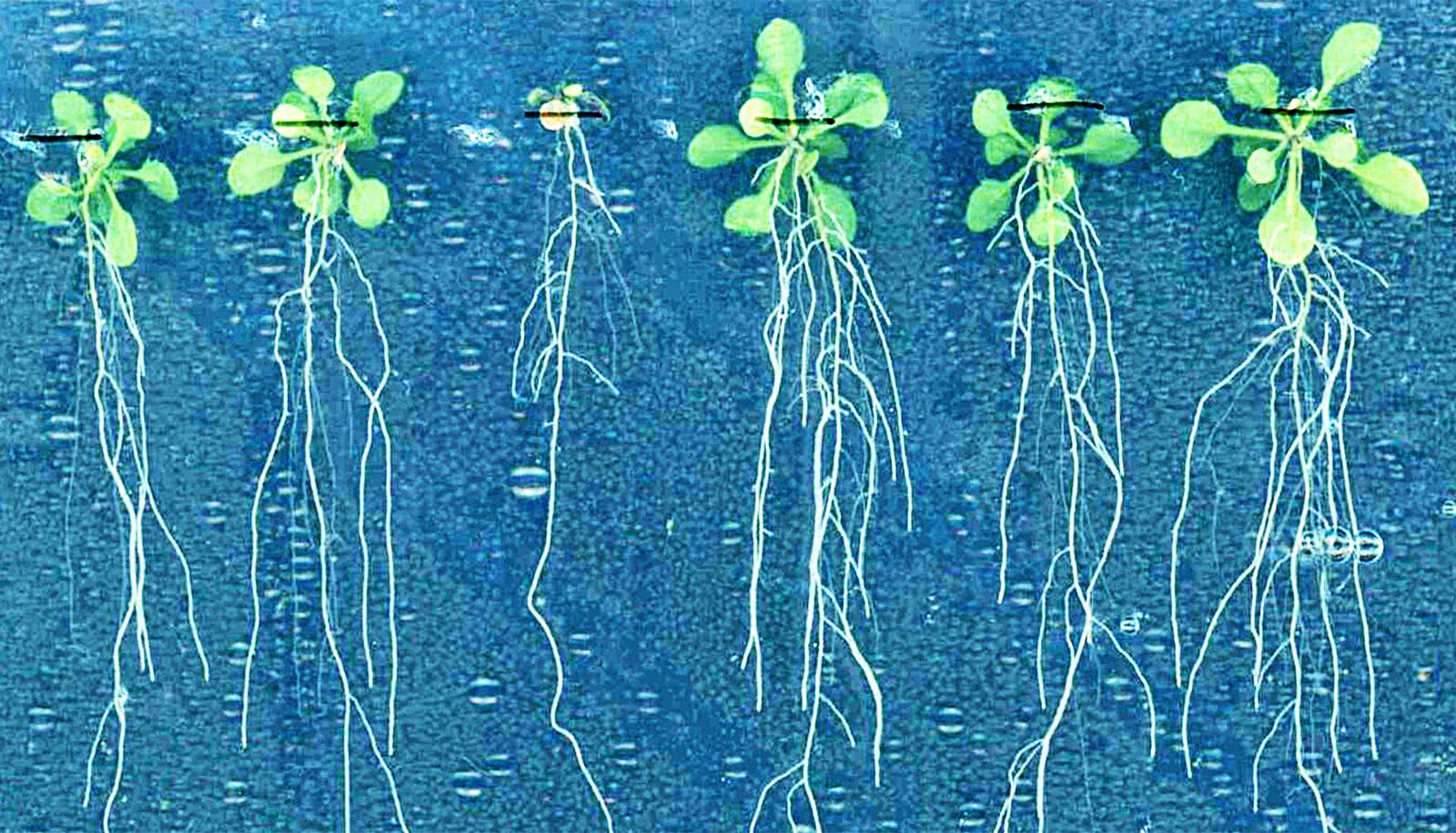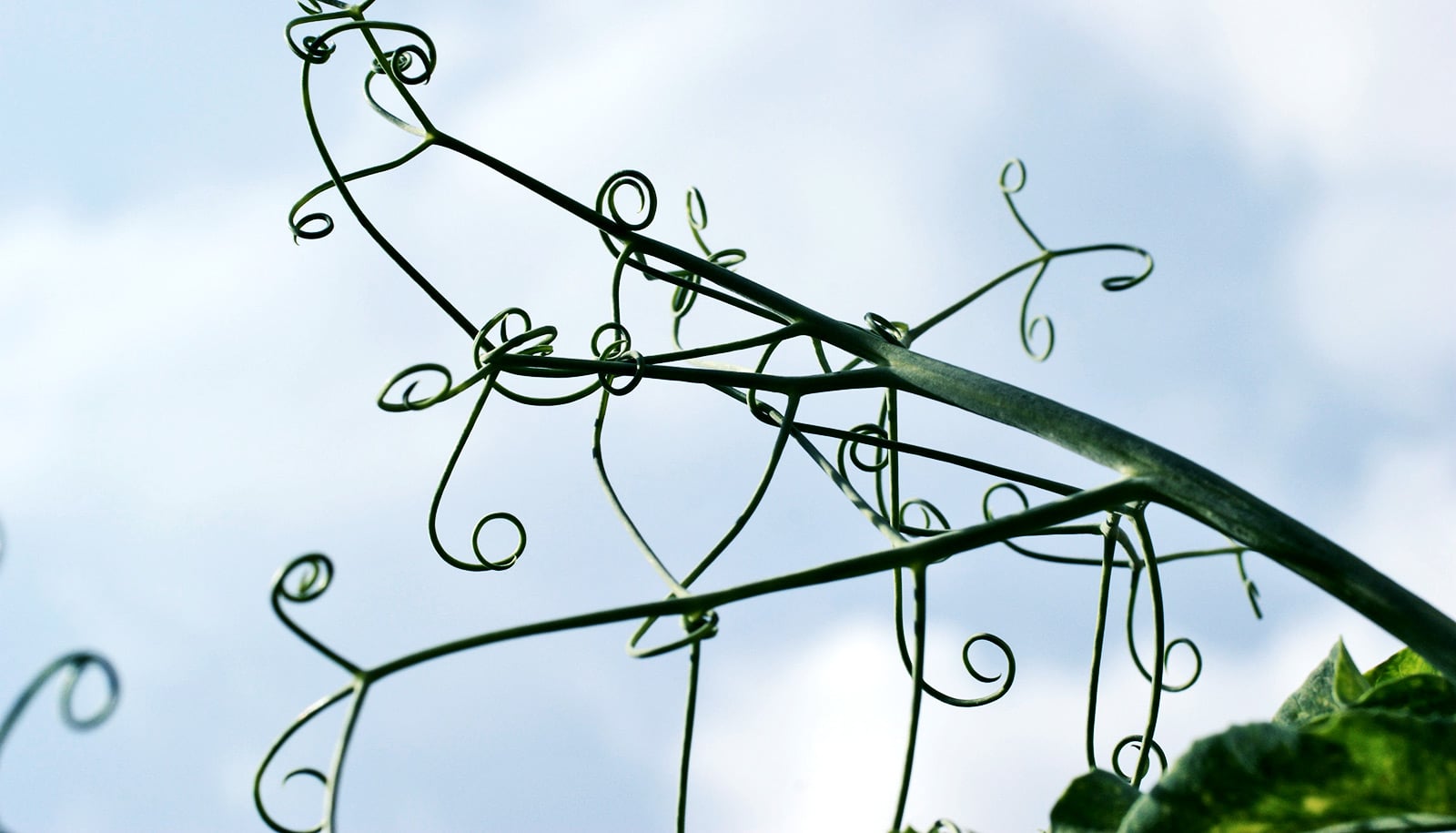New research sheds light on the molecular and mechanical strategies that plant roots have for navigating through heterogenous, often rocky soil.
Though he’s a mechanical engineer, Elliot Hawkes, a roboticist at the University of California, Santa Barbara, is a big fan of biological systems.
So much so that he developed a soft robot that mimics plant roots—a pliant, vine-like machine that unfurls from its tip to navigate around hard obstacles.
His robot could do for people what roots do for plants: provide stability in the form of deployable anchors and access to nutrients essential for survival.
So when a group of researchers led by Duke University biologist Philip Benfey sought to better understand how real plant roots work their way through soil, Hawkes was one of the people they sought out.
“The idea came from one of the coauthors, Professor Daniel Goldman, who was working on the physics side of the paper,” says Hawkes. The Georgia Tech physicist and professor knew of the robot, “and realized it would make a nice model of the real biological system.”
The robot modeling was one of several experiments carried out by the team, alongside time-lapse videos of rice seeds germinating in clear gel, and observations of normal and mutant rice seeds growing over a perforated plastic plate. Circumnutation, or the twisting, helical motion of the growing root tips, was a phenomenon hypothesized by Charles Darwin to allow roots to grow past obstacles, according to the paper. However, the lack of genetic mutants (in this case seedlings whose roots don’t twist as they grow) has made it difficult to pinpoint how and why plant roots corkscrew.
For the robophysical experiment, Hawkes’ vine robot was made to navigate downwards through a two-dimensional obstacle course of pegs meant to mimic the odd rock and other hard material plant roots may encounter on their first journey into the earth.
“The robophysical model allowed us to study mechanical principles underlying the function of circumnutation in navigating obstacles,” he says. “It allowed us to gain insight into the mechanism by which nutation improves penetration.”
What they found is that when the robot tip was made to move only forward, it often got stuck on a peg, while if the tip oscillated from side to side, it was able to meet the obstacle nearly head-on, but slip off it and find a new direction. The difference, he explains, was the direction of the force the root tip applies to the object: straight roots apply a more direct force to the obstacle while oscillating roots produce forces pointed away from the obstacle, allowing the tip to glance off in most cases.
The spiral strategy also was more successful in tests that revealed circumnutating rice seed roots were three times more likely to find the holes in a plastic plate than their mutant straight-growing counterparts. When planted in medium that would represent typical randomly rocky dirt, the seedlings with twisting roots were more successfully established than those with straight roots.
According to the researchers, the twisting growth “appears to be employed by the root as a robust exploratory strategy,” one that is of critical importance in the very first stages of growth, as the seedling first tries to establish itself in the ground.
The paper is published in the Proceedings of the National Academy of Sciences.
Source: UC Santa Barbara


